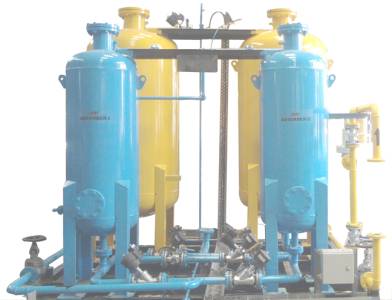
Separating nitrogen from air is a crucial process in various industries, from food preservation to electronics manufacturing. This process, primarily achieved through cryogenic distillation, requires specific equipment and understanding. Here's a breakdown of the three essential components:
1. Air Separation Unit (ASU):
2. Cryogenic Liquids Storage and Transfer Systems:
3. Nitrogen Purity Monitoring and Analysis Equipment:
This comprehensive overview highlights the essential elements required for efficient nitrogen separation from air. Remember that safety and regulatory compliance are paramount when dealing with cryogenic systems and high-pressure gases. Consulting with industry professionals is highly recommended for design, installation, and operation of such systems.